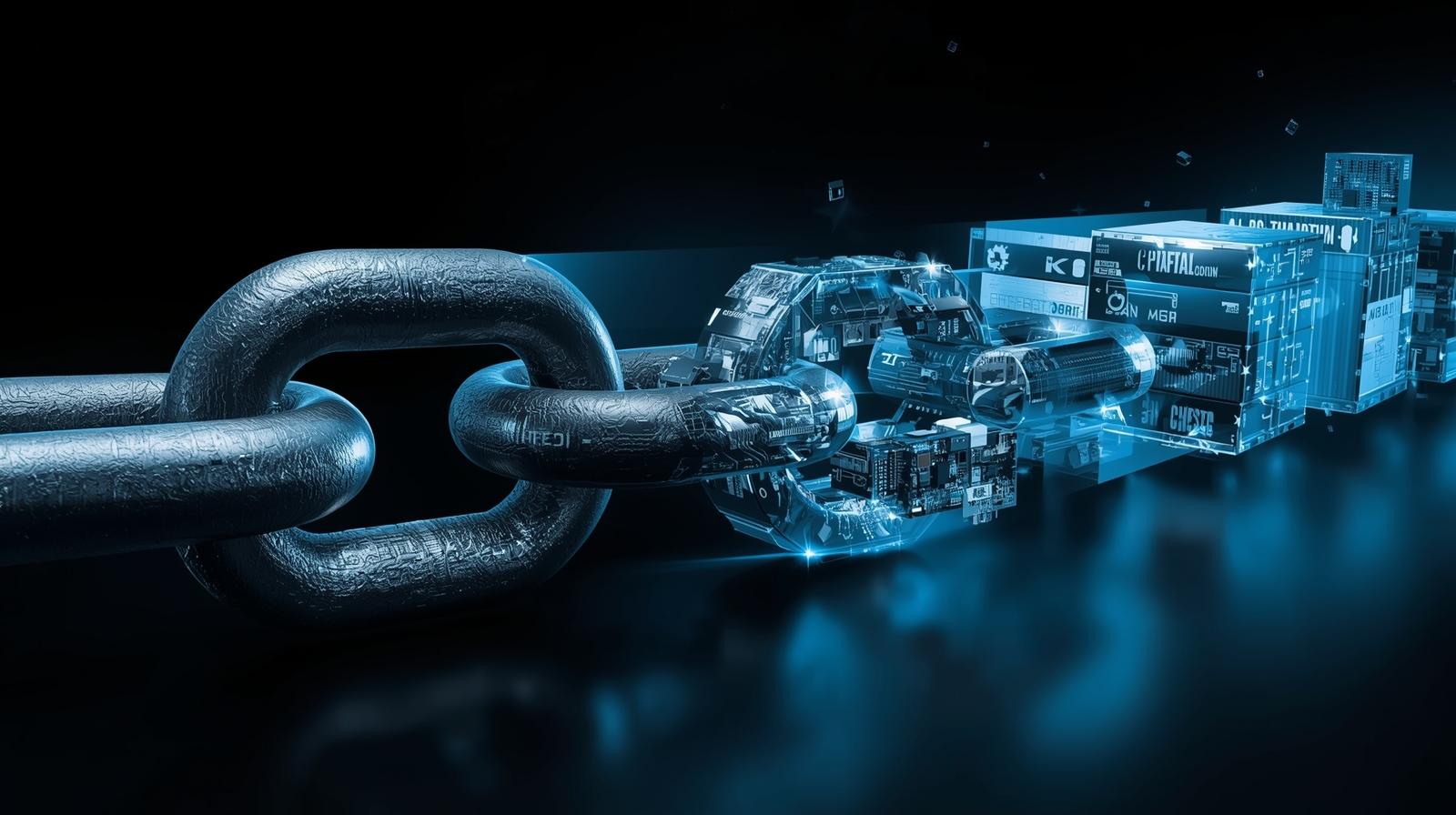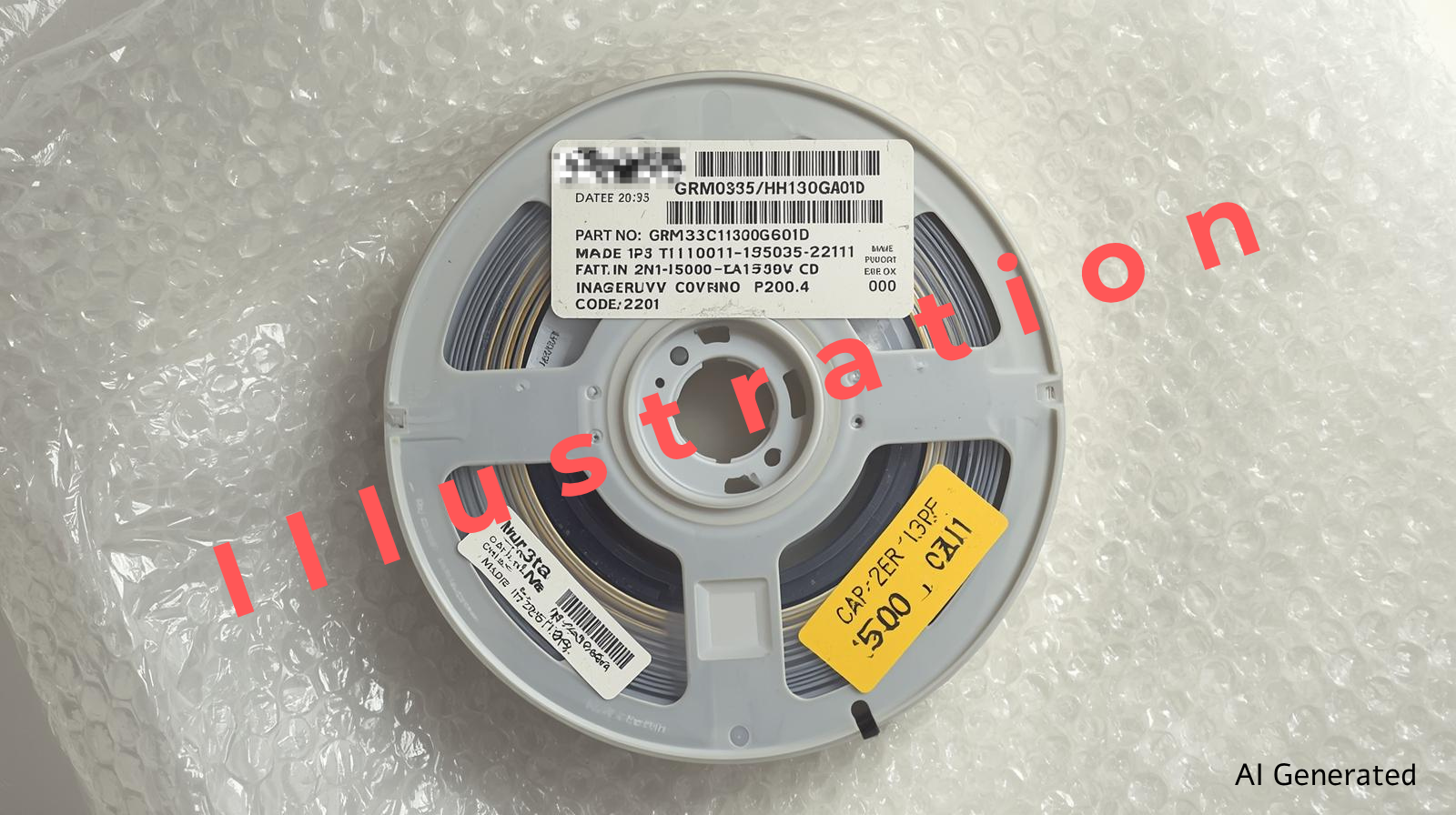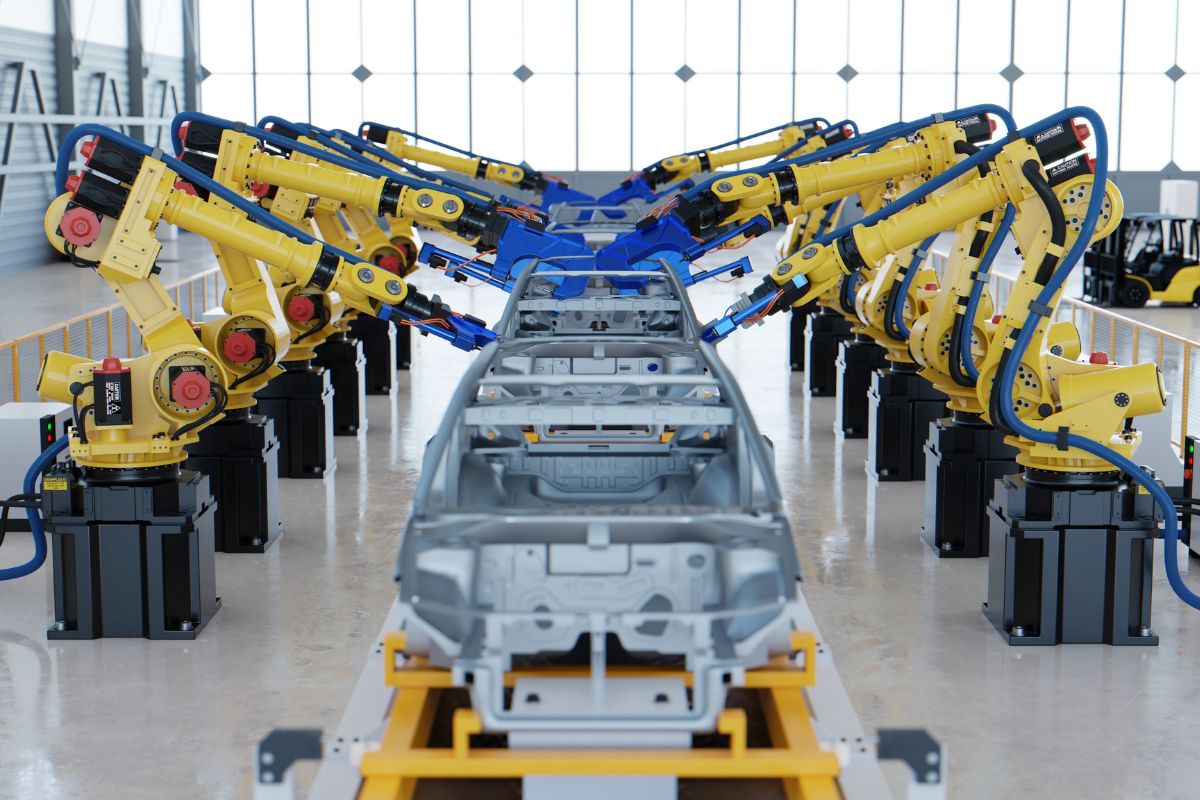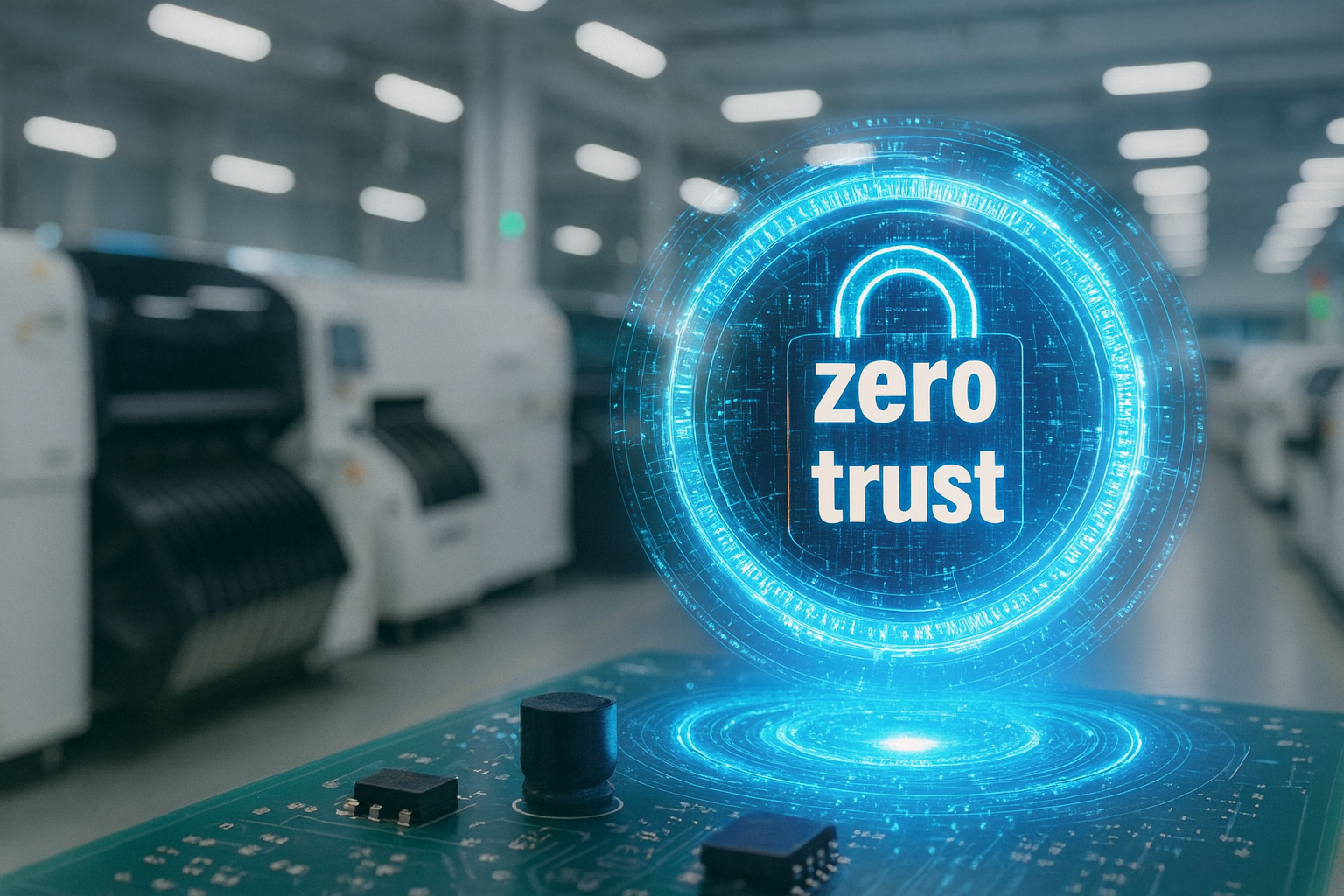Failing to Prepare is Preparing to Fail
By: Oshri Cohen
This week, the RSA Conference kicks off, bringing together CISOs from all over the world to discuss the future of cybersecurity. While the spotlight often falls on software and network vulnerabilities, this year it’s time to expand the conversation and recognize that hardware cybersecurity, especially in the supply chain, demands urgent attention.
In the fast-paced world of manufacturing and supply chains, companies invest years in building strong reputations and trusted brands. Yet history has shown that even the most resilient organizations are vulnerable to catastrophic failures when they neglect proactive risk management.
The Stability Illusion Cycle
The path to disaster often follows an all too familiar pattern:
- A Legacy of Excellence: Over time, the organization develops a culture of excellence and practices based on experience. This builds a strong reputation for quality, reliability, and innovation.
- Leadership Turnover: As the years pass, individuals who experienced and learned from past crises leave or retire, taking their knowledge and caution with them.
- Overconfidence Creeps In: New leadership teams rely heavily on brand power, assuming that past success guarantees future stability.
- Complacency Takes Root: Organizational vigilance wavers. Risk management falls off the priority list, and teams stop actively searching for vulnerabilities, believing their established processes are sufficient.
- The Inevitable Crisis: Without constant vigilance, disaster strikes whether through counterfeit components, cybersecurity breaches, or supply chain failures jeopardizing the company’s reputation and operations.

The Hidden Gaps Cybersecurity Misses
Ask any CISO at a leading OEM, and they’ll tell you they’re investing heavily in layers of cybersecurity — protecting their networks and their products. Why? Because fear of the unknown drives action.
But while billions are spent on software and IT defenses, a major vulnerability often remains overlooked: the manufacturing line and supply chain.
Today, supply chain risk management is still largely reactive — triggered only after a failure. The future demands a shift. OEMs who fail to adopt a proactive defense strategy will inevitably fall behind their competition.
With the rapid advancement of AI and data-driven technologies, organizations no longer have the luxury of ignoring supply chain risks. AI-powered solutions tailored for electronics manufacturing now offer real-time monitoring, predictive insights, and automated mitigation providing unprecedented visibility and control.
The tools exist. What’s missing is a shift in mindset from reactive crisis response to proactive prevention.
Three Layers of Proactive Defense
For any company, whether producing servers, medical imaging machines, or aircraft, a three layer proactive defense strategy is essential for long-term resilience. Think of it as a nation’s security system:
1. Actionable Technology Implementation
The last line of defense like a security guard at the border.
These tools operate in real-time, scanning every component, identifying threats, and immediately blocking harmful elements before they infiltrate production. Just as a border guard verifies identities to prevent infiltration, these systems protect against defective, counterfeit, or malicious components entering the line.
2. Advanced Alerting Capabilities
The tactical intelligence team.
By continuously monitoring supply chain data, anomalies, and external market signals, this system raises early alerts allowing OEMs to reroute suppliers, strengthen authentication, and prevent disruptions before they escalate.
3. Data-Driven Analytics
The strategic intelligence agency.
This layer gathers and analyzes large volumes of historical and real-time data supply chain incidents, counterfeit trends, market shifts, and cybersecurity threats. By studying long term patterns, organizations refine detection algorithms, correlate warning signs with real-world failures, and stay ahead of evolving risks.
In an era where disasters often serve as the wake up call for change, OEMs must take a proactive stance. Those who recognize the hidden vulnerabilities in their supply chains and act to fortify them will lead their industries forward.
Those who stay reactive will struggle to recover from the next inevitable crisis.
By adopting a structured, intelligence-driven defense strategy, companies won’t just survive they’ll define the future of trusted manufacturing.




